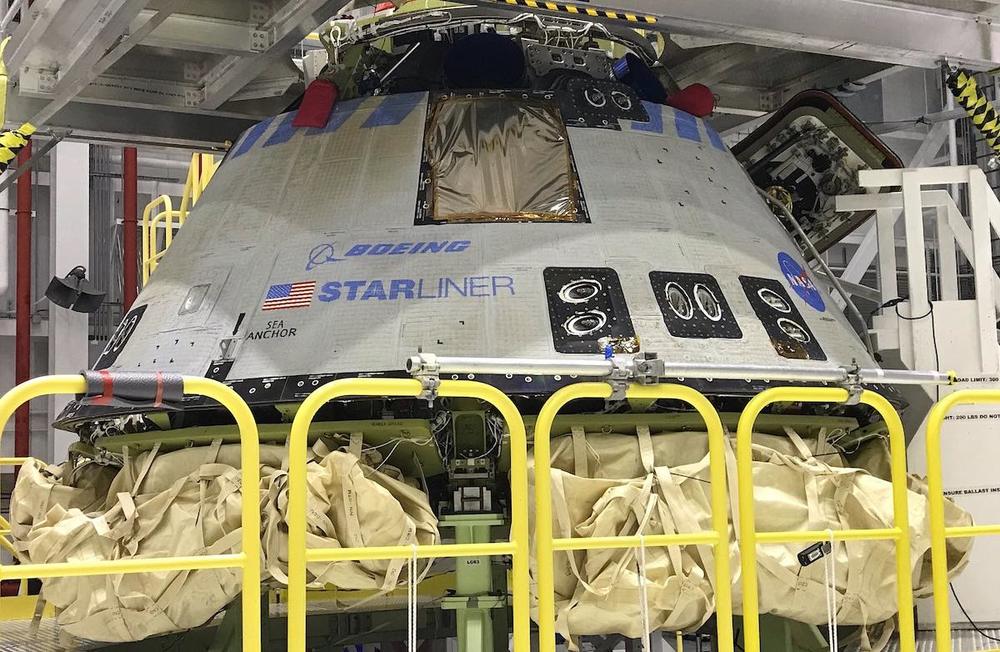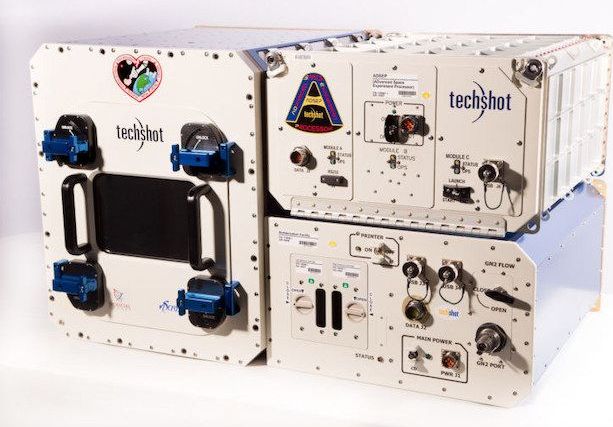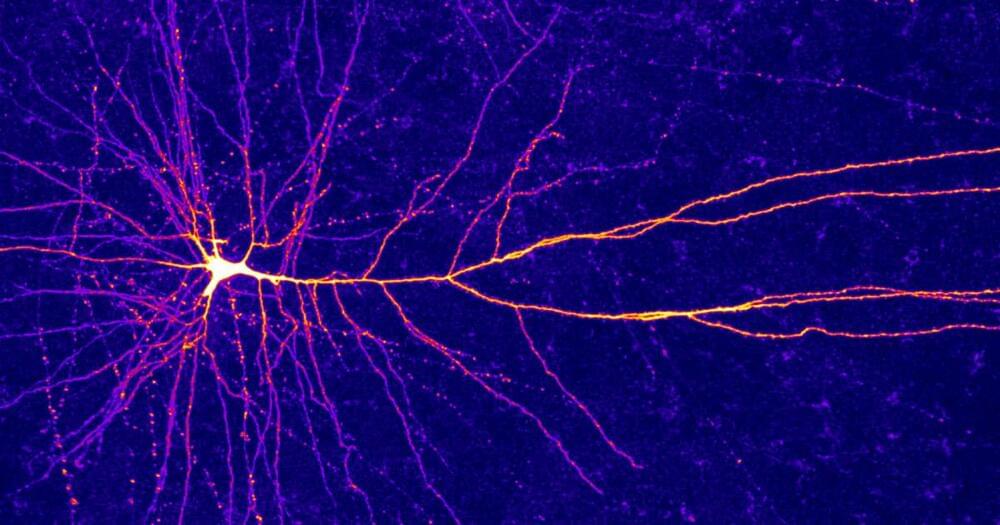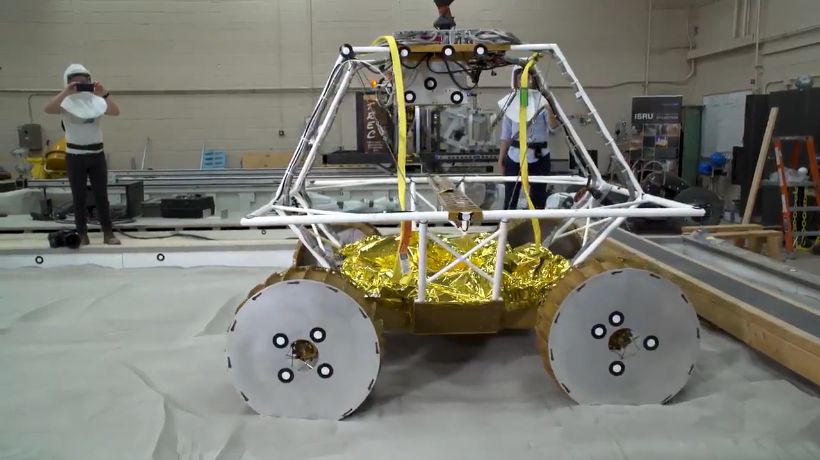Jan 15, 2020
Study sheds light on link between cannabis, anxiety and stress
Posted by Xavier Rosseel in categories: biotech/medical, neuroscience
A molecule produced by the brain that activates the same receptors as marijuana is protective against stress by reducing anxiety-causing connections between two brain regions, Vanderbilt University Medical Center researchers report.
This finding, published today in Neuron, could help explain why some people use marijuana when they’re anxious or under stress. It could also mean that pharmacologic treatments that increase levels of this molecule, known as “2-AG,” in the brain could regulate anxiety and depressive symptoms in people with stress-related anxiety disorders, potentially avoiding a reliance on medical marijuana or similar treatments.
When mice are exposed to acute stress, a break in an anxiety-producing connection between the amygdala and the frontal cortex caused by 2-AG temporarily disappears, causing the emergence of anxiety-related behaviors.
















